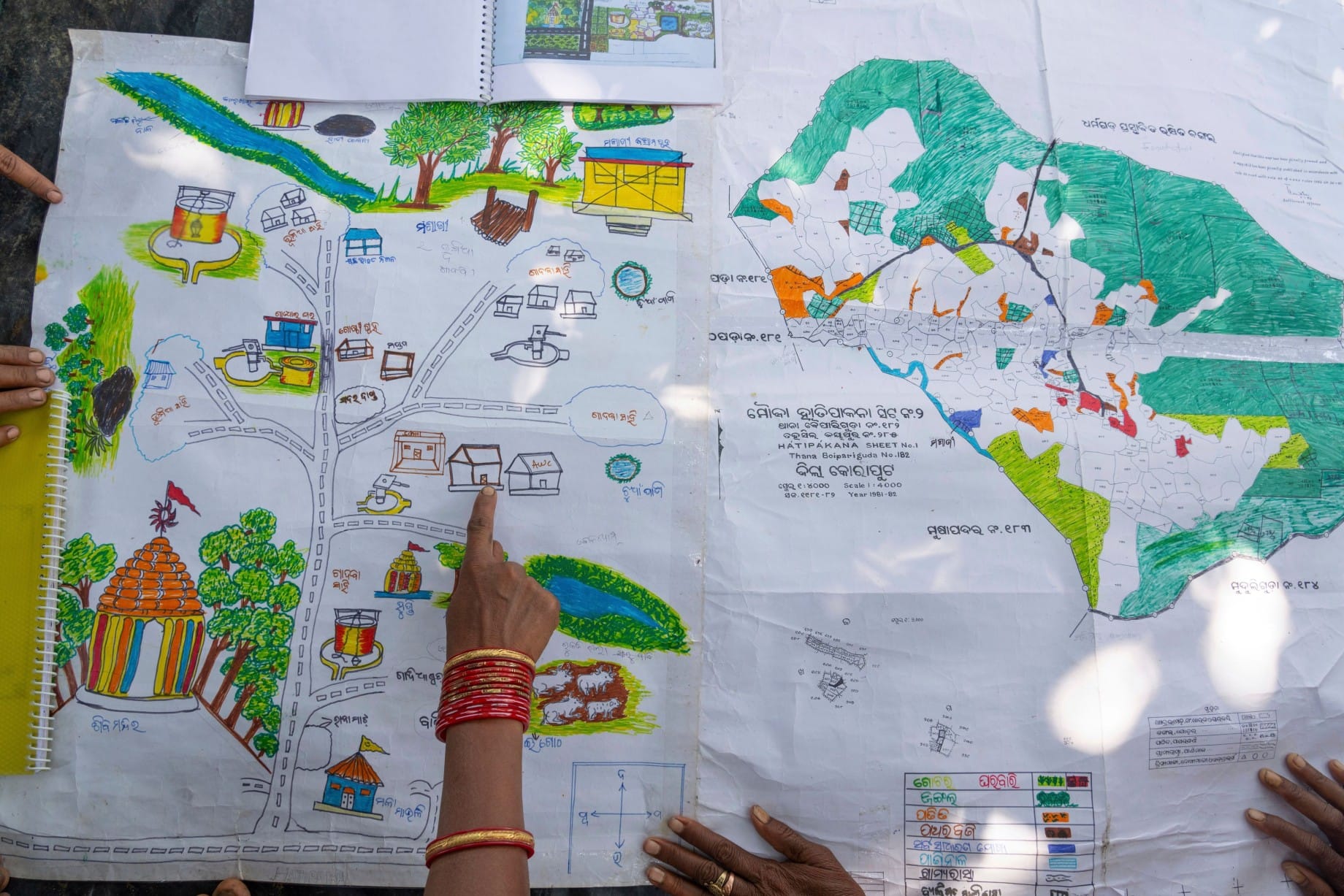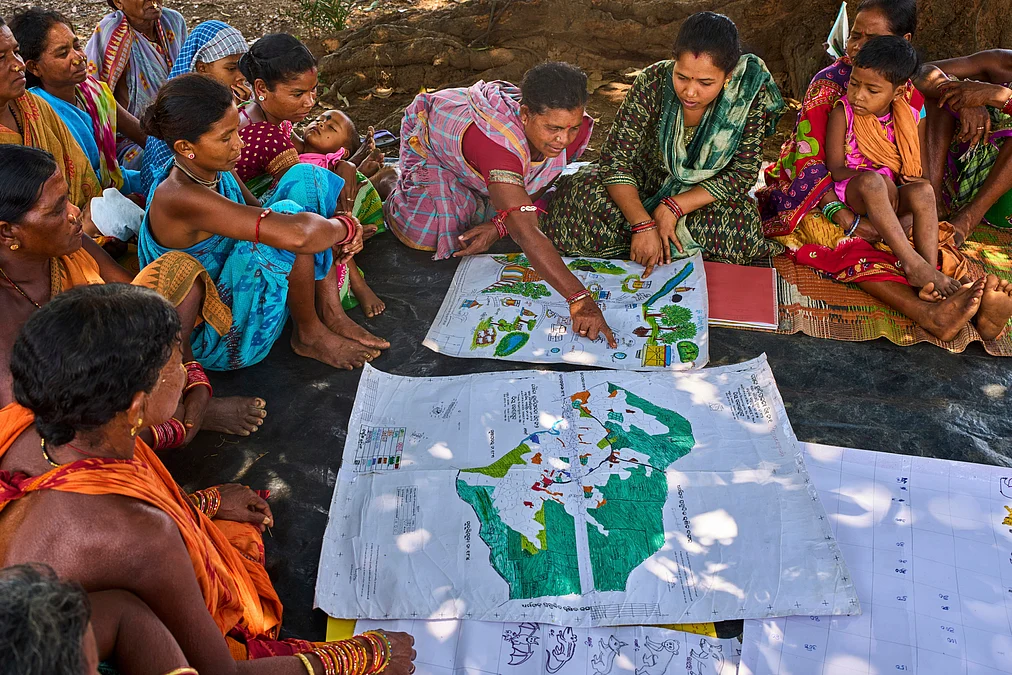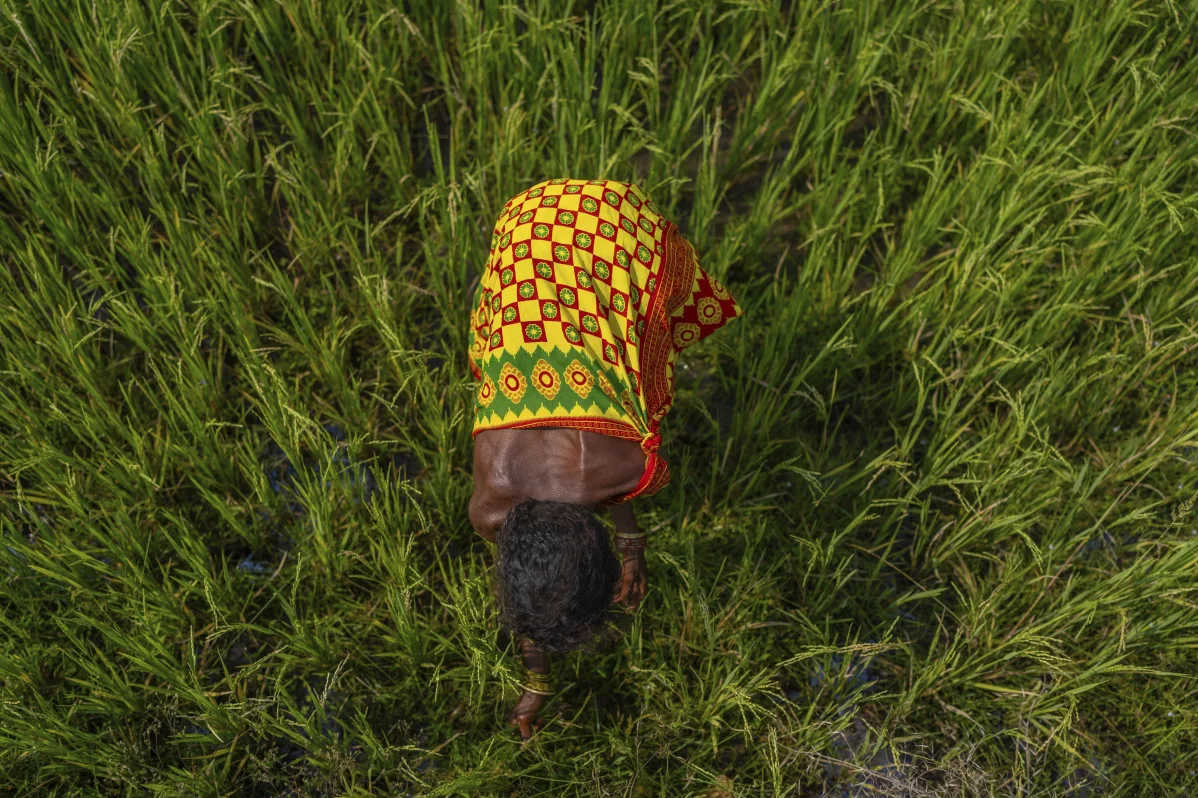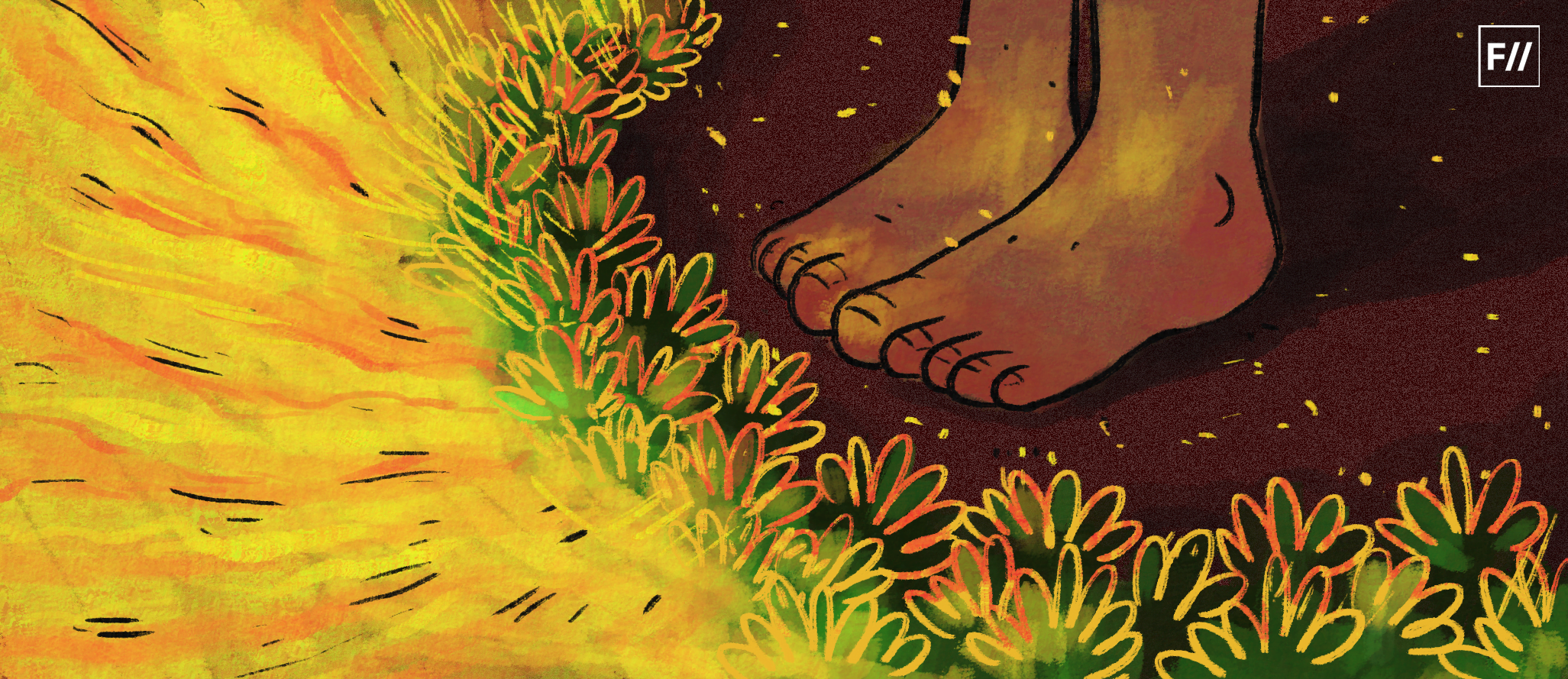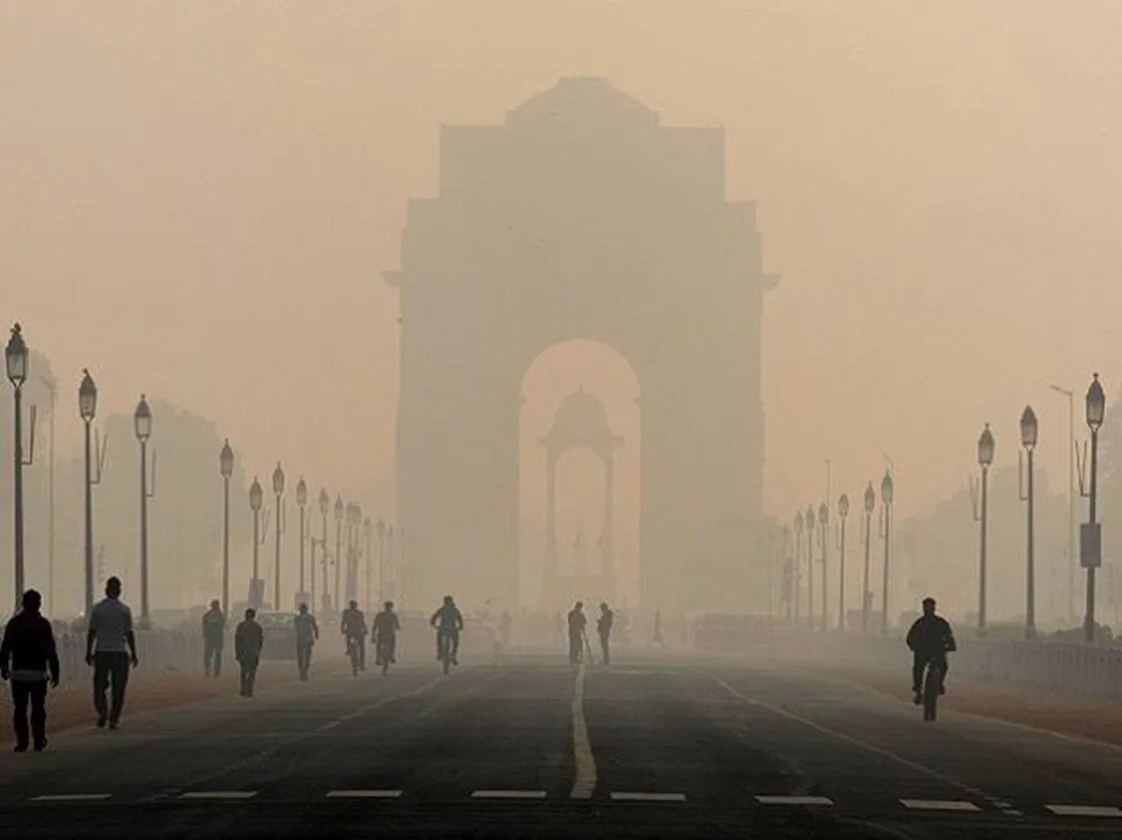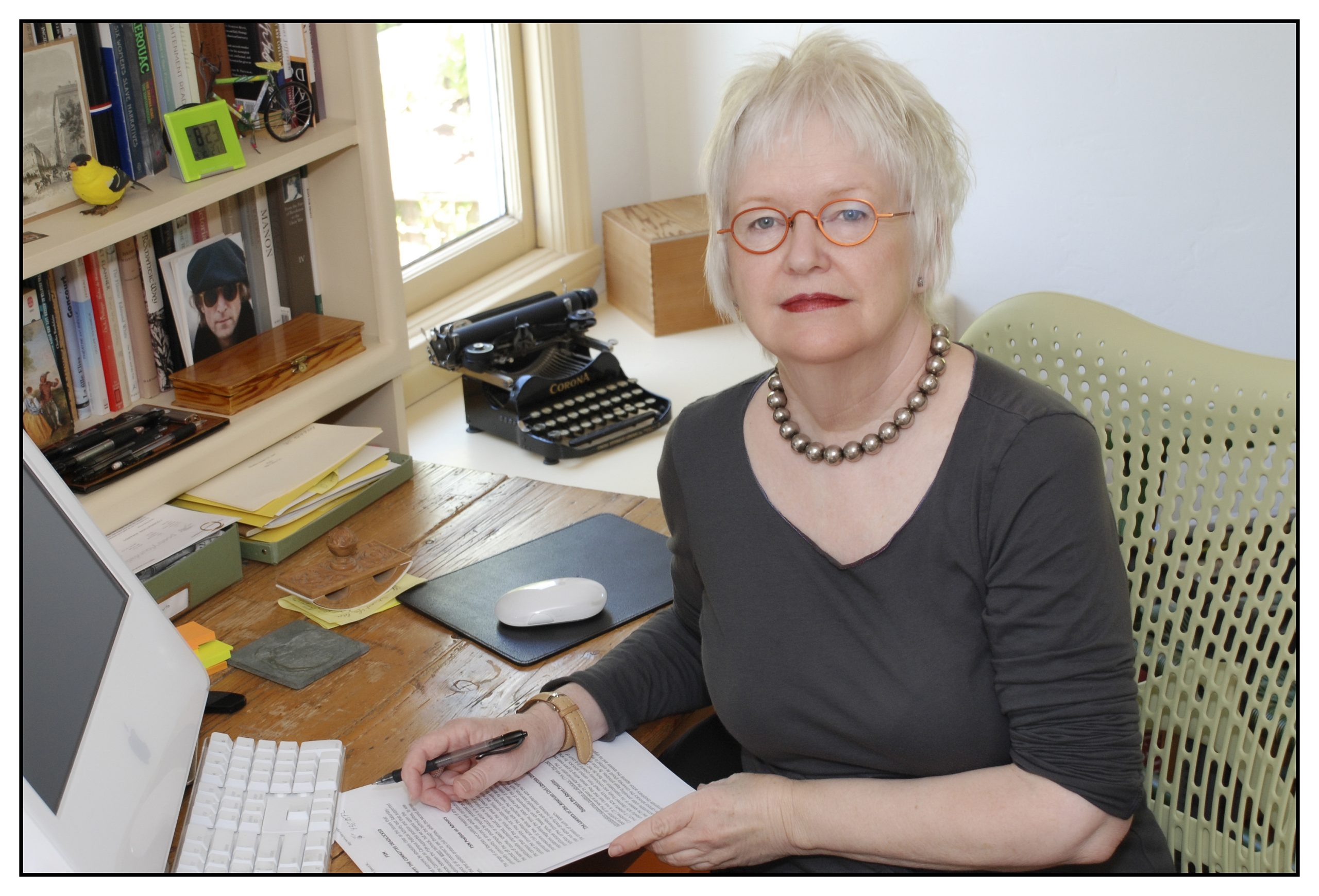As far as environmental protection is concerned, women’s contributions are marginalised, and receive little or no attention. In the private domain, their environmental protection labour – sorting waste, saving water and reusing packages go unnoticed in discourses on tackling environmental problems. In order to understand women’s significant role in introducing initiatives to cope with climate change, we must acknowledge that tribal women are the first of all environmentalists. Tribal women have suffered a lot protecting lands and fighting environmental degradation even before Indians got political power from the British.
Tribal women and discourses on their dedication to protecting the environment must not remain confined to the Chipko movement. In present times, women in tribal areas who do not receive significant media coverage, are coming up with initiatives to preserve declining resources and sustain life for future generations.
One such glimpse comes from Odisha – one of the 10 scheduled tribal states of the Fifth Schedule of the Indian Constitution. In the state, tribal women understand that their leadership roles are important in protecting the environment, otherwise their future generations could face obstacles.
Tribal women’s resistance should not be confined to the Chipko movement
When it comes to understanding different branches of ecofeminism – Liberal ecofeminism, socialist ecofeminism, radical ecofeminism and cultural ecofeminism, tribal ecofeminism remains sidelined. In mainstream discourses on ecofeminism, tribal women’s resistance against exploitation of resources does not get much attention. There have been only a few research studies done on tribal environmentalism to grasp the relation between tribes and environmentalism. Through the study of tribal environmentalism, one can understand ecological crises related to lands and resources tribal people face.
In an attempt to protect the environment and minimise the declining of resources, tribal women have long contributed to the same. The Chipko movement and the Narmada Bachao Andolan – witnessed tribal women’s forefront participation to protect resources to safeguard future generations. But it does not mean to confine their struggle to these movements. In present times, women in tribal areas are making efforts to secure ‘Green’ so that children would not face difficulties in the future. One such example is in Odisha.
Odisha – a scheduled tribal area – according to the Fifth schedule of the Indian Constitution is a place where tribal women are creating ‘dream maps’ to become familiar with important areas to know about the conditions of resources, including roots, fruits, medicine and herbs extracted from forests. Through these maps, women document the condition of forests, villages, grazing lands and agricultural sites, and notice that climate change is one of the reasons for resource depletion. As a result, tribal people, especially children and women are affected.
Climate change is primarily as a result of human activities burning fossil fuels that lead to irregular monsoons that affect agriculture. To address its consequences, tribal women along with a local non-governmental organisation draw maps to locate the resources that are declining, and need to be taken to restoration.
These tribal women seek to have their rights to access lands and resources to protect them from depletion.
These tribal women seek to have their rights to access lands and resources to protect them from depletion. There is awareness that forests are home to a bounty of diverse resources; temperature fluctuations to high, irregular rainfall and dwindling forests – are affecting tribal people. In the midst, they want their rights, and authorities should be asking for their permission to bring about a change to their lands in the name of development.
Since the tribal women are more aware of severe consequences of climate change than policy makers, according to them, there should be their full-fledged direct participation in protecting the environment. To be precise, according to the 2025 Climate Risk Index, India is one of the most vulnerable countries to climate change in the world. It demonstrates that between 1993 and 2022, India has suffered due to heat waves, floods and cyclones that led to thousands of deaths and around $180 billion economic loss.
Odisha’s tribal women create maps to sustain life for future generations
In Odisha, climate change has affected food production to a great extent. There is a case study from Fakir Mohan University that reveals a 40% decrease in food production in the last 50 years.
In Koraput’s villages, flowers, bears, forest resources and water bodies have become vulnerable to climate change. In order to address these issues, women from different villages in Koraput have come together to work as dedicated cartographers to locate the common areas that witness resource depletion, with the help of government data and a historical record. To be concise, the maps are drawn to locate the ‘commons’ that refer to the community-shared resources in Odisha. These resources are threatened by a number of factors such as deforestation, pollution and overexploitation in a capitalist setup.
These maps are hand-drawn to help women protect village boundaries, residential zones, including water bodies and grazing lands through adopting traditional methods of conservation.
Since, for long, women’s participation has been more in the home, farm work and gathering forest produce than men, women seek to choose leadership roles to resort to sustainable practices.
Since, for long, women’s participation has been more in the home, farm work and gathering forest produce than men, women seek to choose leadership roles to resort to sustainable practices. Their dedication to sustain “green life” for future generations motivates them to create maps.
Reluctance to recognise tribal women’s leadership roles in addressing climate change
In tribal areas, there is willingness among tribal women to get their land rights so that they could take on leadership roles to address climate change in an effective manner. Due to the decrease in forest produce, health problems are prevalent among women and children. Deforestation and forest produce reduction can cause anaemia among tribal women and children as it deprives them of “green forest food”. Along with this, socio-economic inequalities are one such factor that can cause iron deficiency.
Tribal women as environmentalists who positioned themselves at the forefront in the Chipko and Narmada Bachao movements, still struggle to gain recognition in leadership roles in addressing climate change and introducing methods to cope with it. This is because Odisha comes within the capitalist-patriarchal setup; deforestation and pollution take place for development projects that do not benefit tribal people who have historically been responsible for managing resources.
So, it is important to focus on tribal environmentalism and the roles women are taking on to safeguard the environment. The environment protection should be a collective initiative not gendered. It is thought that associating women with nature and protecting the environment is a feminine responsibility. Such an association confines women to traditional roles, and they are associated with ‘Mother Nature’. It is not only in contemporary times, that the personification of nature as feminine is traceable but it can be seen in literature, cultures and mythologies.
This association expects women to protect both homes and the planet. This leads to eco-stress leading to mental responses to climate change to which women are most exposed as economic degradation affects them in a disproportionate manner. Like in Odisha where tribal people are dependent on resources for their livelihoods, it affects women more due to socio-economic inequalities because of environmental degradation. Along with managing resources and farm work, tribal women are expected to take care of their home health and nutrition.
About the author(s)
Nashra Rehman finds her profound interest in addressing the plight of Muslim women and their unappreciated marginalisation. Her focus remains on bringing a novel argument to life.
